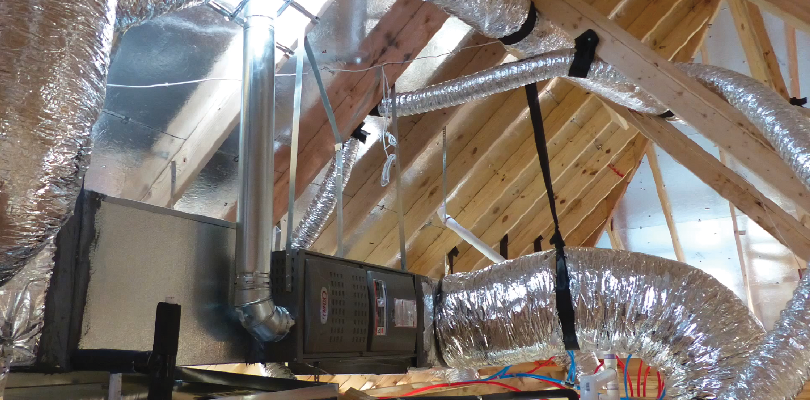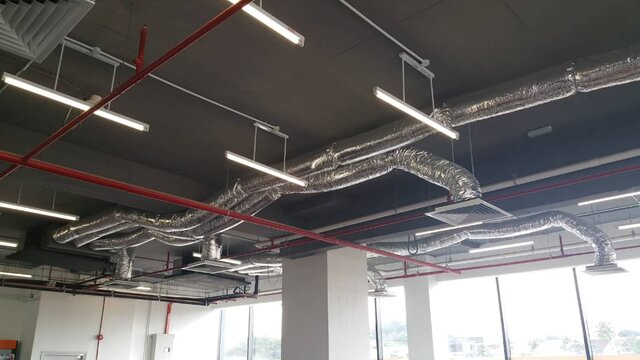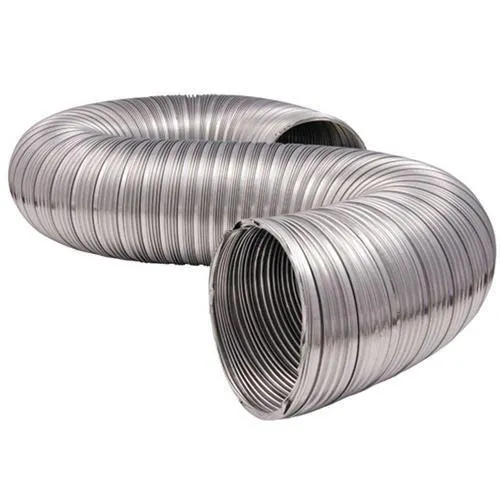Flexible Duct



Features of Flexible Duct:
- Flexible: Flexible ducts are highly flexible and can be bent and shaped to fit into tight spaces, making them ideal for use in areas with limited space.
- Lightweight: Flexible ducts are lightweight, which makes them easy to handle and install.
- Easy installation: Flexible ducts are easy to install, and can be attached to HVAC components using a variety of methods, including clamps, ties, and adhesives.
- Customizable sizes: Flexible ducts come in a range of sizes and can be customized to fit specific project requirements.
- Versatility: Flexible ducts are versatile and can be used in a variety of HVAC applications, including supply and return air ducts, exhaust ducts, and ventilation ducts.
- Low air leakage: Flexible ducts are designed to minimize air leakage, which helps to improve the efficiency of HVAC systems and reduce energy costs.
- Good air flow: Flexible ducts provide good air flow, and are often preferred in situations where air velocity and direction need to be controlled.
WHAT IS THE USE OF FLEXIBLE DUCT?
Flexible duct is a type of air duct used in heating, ventilation, and air conditioning (HVAC) systems. As the name suggests, it is a flexible tube made of a variety of materials, including plastic, foil, and metal.
Flexible ducts are typically used in applications where rigid ducts are not suitable, such as in areas with tight spaces, where it is difficult to install rigid ducts. They can also be used to connect air registers, diffusers, and grilles to the main ductwork.

